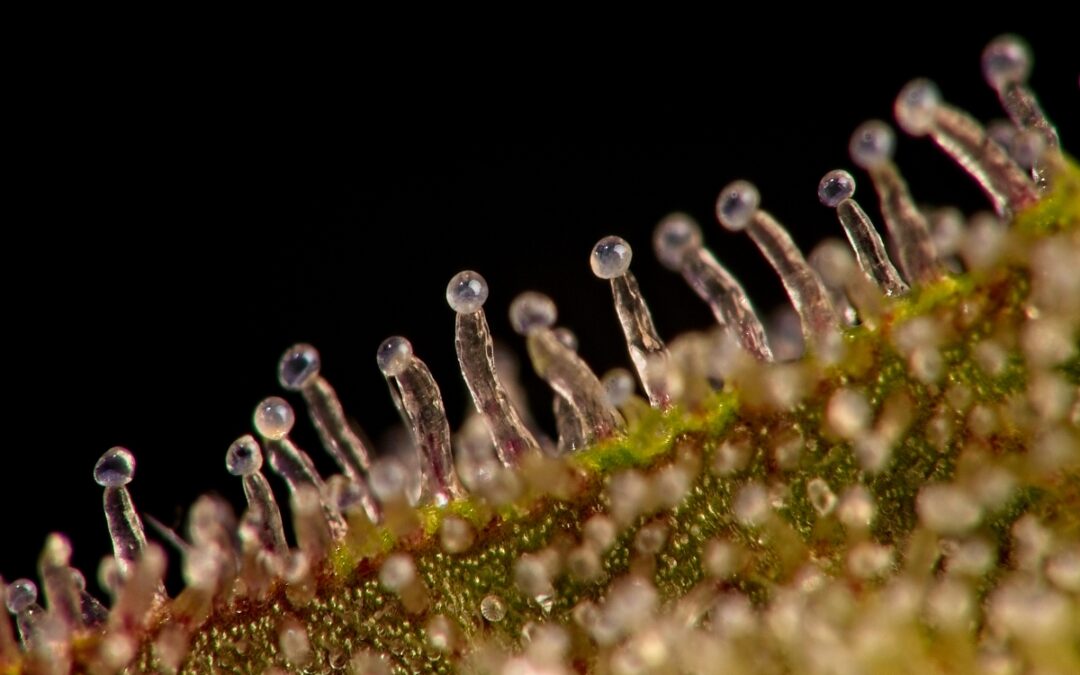Cannabis has unquestionably a scientific basis, and in recent years, its language and terms are becoming much more technical. Trichomes are one of the most used keywords in the cannabis industry and if you enjoy cannabis, you’ve wondered at some point what those crystals are on the leaves and buds of the plant and why they are so important.
So, let’s learn more details about this crucial part of the plant.
Trichomes Characteristics
The hundreds of cannabinoids, terpenes, and flavonoids that give our favorite cannabis strains their potency, distinctiveness, and effectiveness are actually produced by trichomes.
Trichomes are frequently referred to as the cellular metabolite factory of cannabinoid and terpene production. These glandular appendages are found on flowers, bracts, and leaves of cannabis flowers.
Cannabis trichomes resemble mushrooms in shape and have bulbous, spherical heads supported by a stalk. Approximately 50–100 microns broad (1 mm = 1000 microns), they are also quite small.
Why are Trichomes Considered a Defense Mechanism?
Trichomes in cannabis act as a defense mechanism to shield the plant from pathogens, insects, and environmental stressors. Non-glandular trichomes serve as surface structures that shield plant organs from a variety of biotic and abiotic stressors.
In nature, female cannabis plants frequently become more susceptible to insects, animals, and non-living environmental factors including potentially harmful UV radiation.
Trichomes act as a defense mechanism for plants because they prevent animals from eating the blossoms because of their powerful odors but they also protect their plants from harmful winds and even some types of fungal development.
Trichomes on Cannabis
Cannabinoids synthesize in the trichome just as the plant enters its flowering stage. Trichomes form along the outer surface of cannabis plants when they start to produce flowers and metabolize the precursors for a wide range of cannabinoids. These include THCA and CBDA.
Trichomes can consist of scales, papillae, glandular hairs, and hairs. They develop on the appendages of several plants, including cannabis, as well as on lichens and algae.
Types of Trichomes on Cannabis
Trichomes are divided into two categories: glandular and non-glandula. But, only the glandular ones produce cannabinoids. Trichomes come in a variety of sizes and shape. These glandular trichomes are separated into three categories that are the most frequently seen on cannabis plants.
- Bulbous Trichomes: This is the smallest kind of trichomes that can’t be seen without a microscope. Despite covering the whole surface of the plant, bulbous trichomes are hard to see.
- Capitate-sessile Trichomes: These are the “medium-sized” trichomes and cover the largest area on the cannabis plant. This includes the leaves and stems, measuring between 25 and 100 micrometers. These trichomes, which are primarily found on the underside of sugar and fan leaves, have mushroom-like bulbous forms. They have secretory cells at the base that produce terpenes and cannabinoids.
- Capitate-stalked Trichomes: Capitate-stalked trichomes are the largest of the three categories and can measure from 50 to 500 micrometers, making them the easiest to spot with the naked eye. They resemble little sticky mushrooms with a bulb at their heads. These trichomes are responsible for cannabinoid and terpene synthesis and produce most of the resin and THC.
Cannabis trichomes have crucial functions in providing hundreds of known medicinally and therapeutically advantageous compound. These are unique to cannabis in addition to protecting the plant from external factors. However, always keep in mind that if a strain has a lot of trichomes this isn’t a good sign of the plant’s cannabinoid content. So, do your research before buying a new strain from the dispensary!


